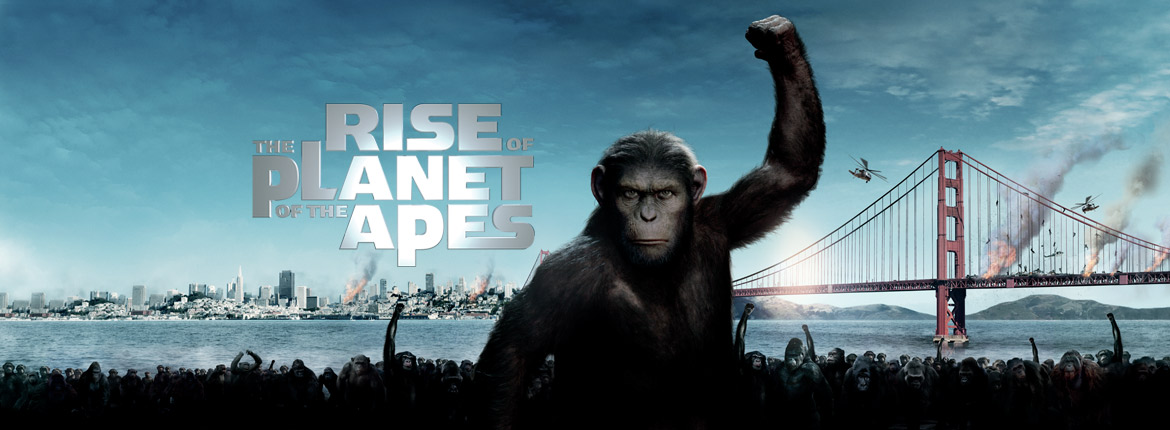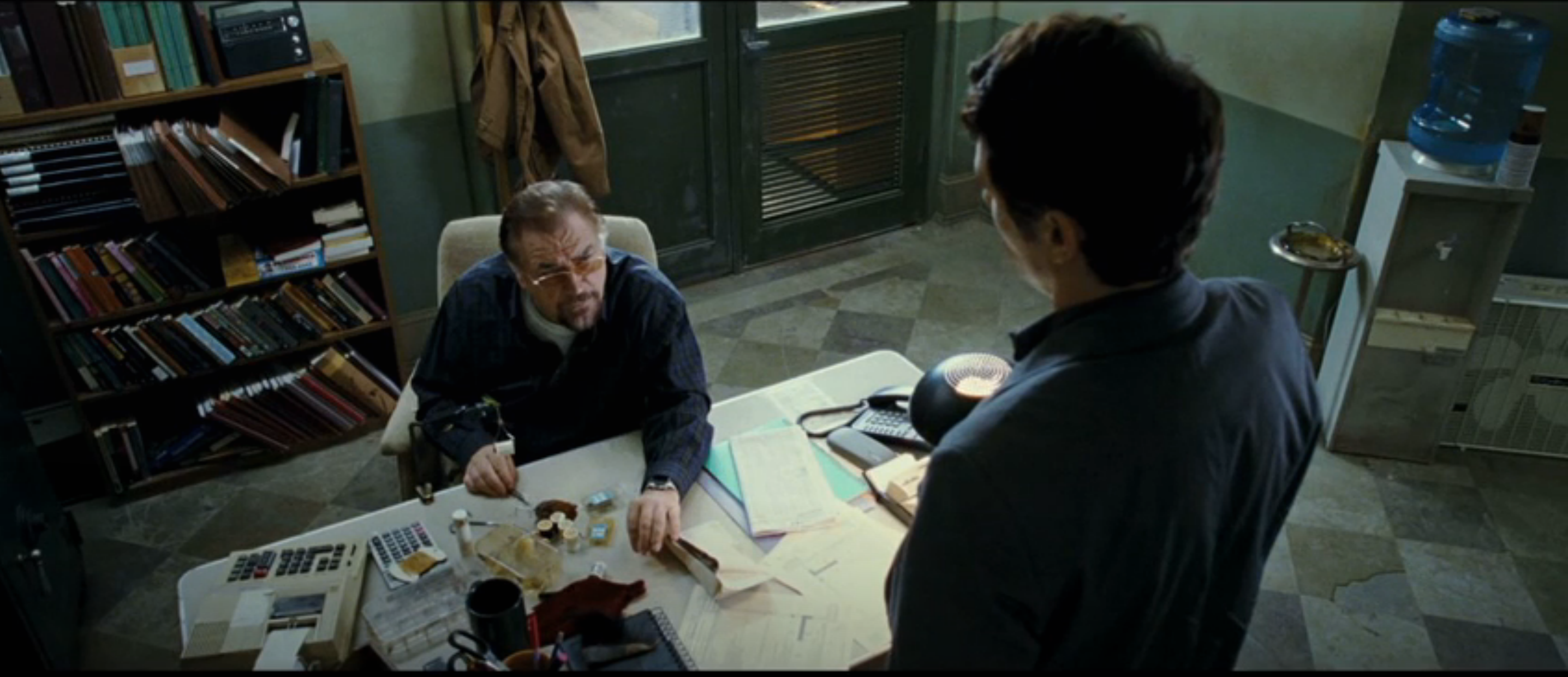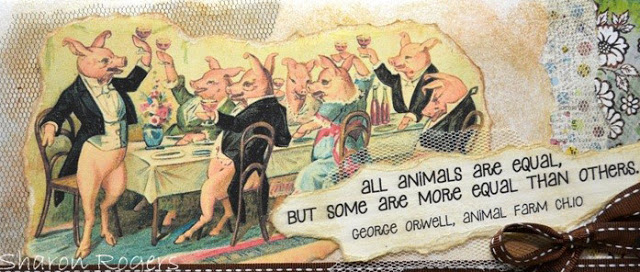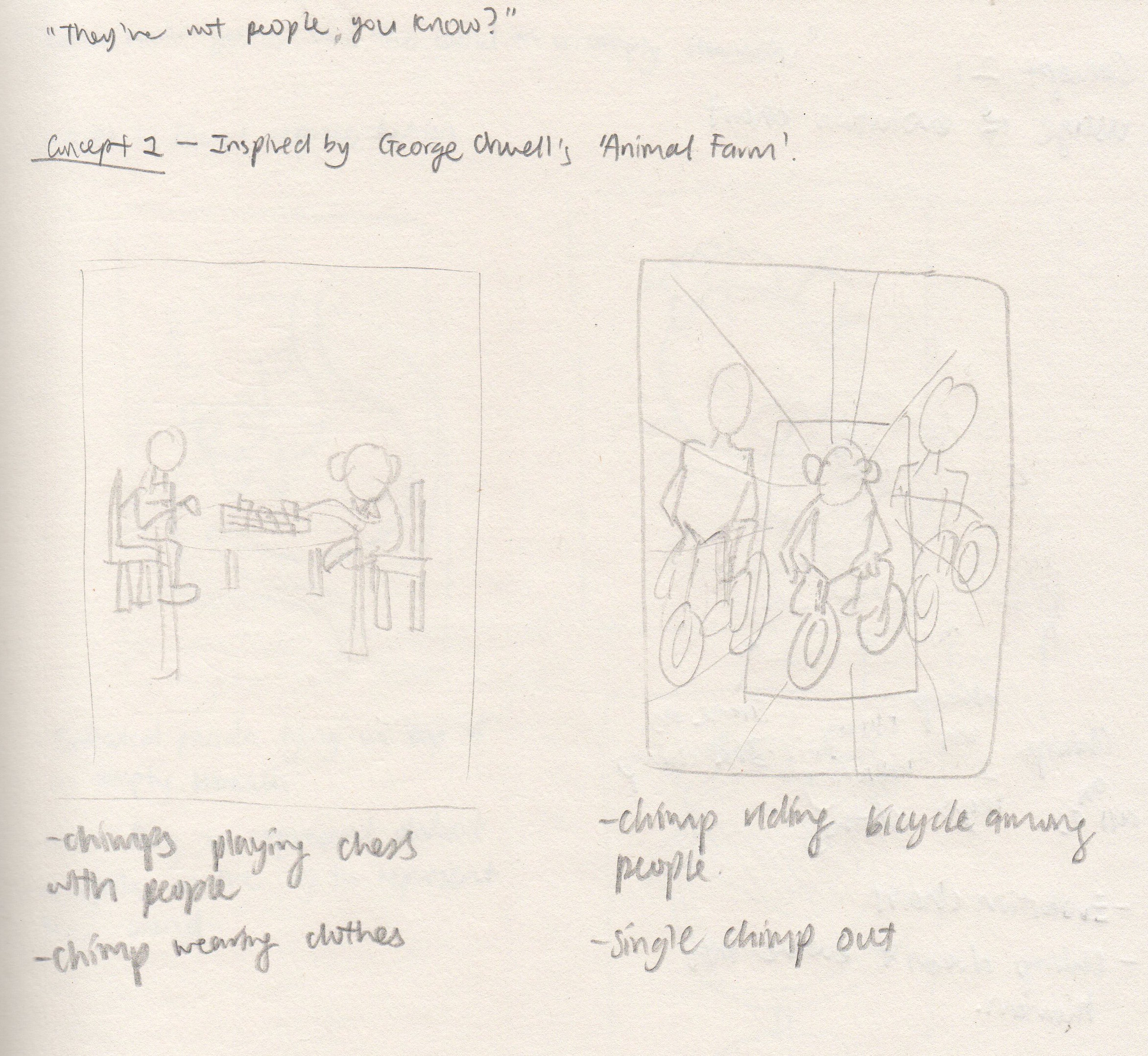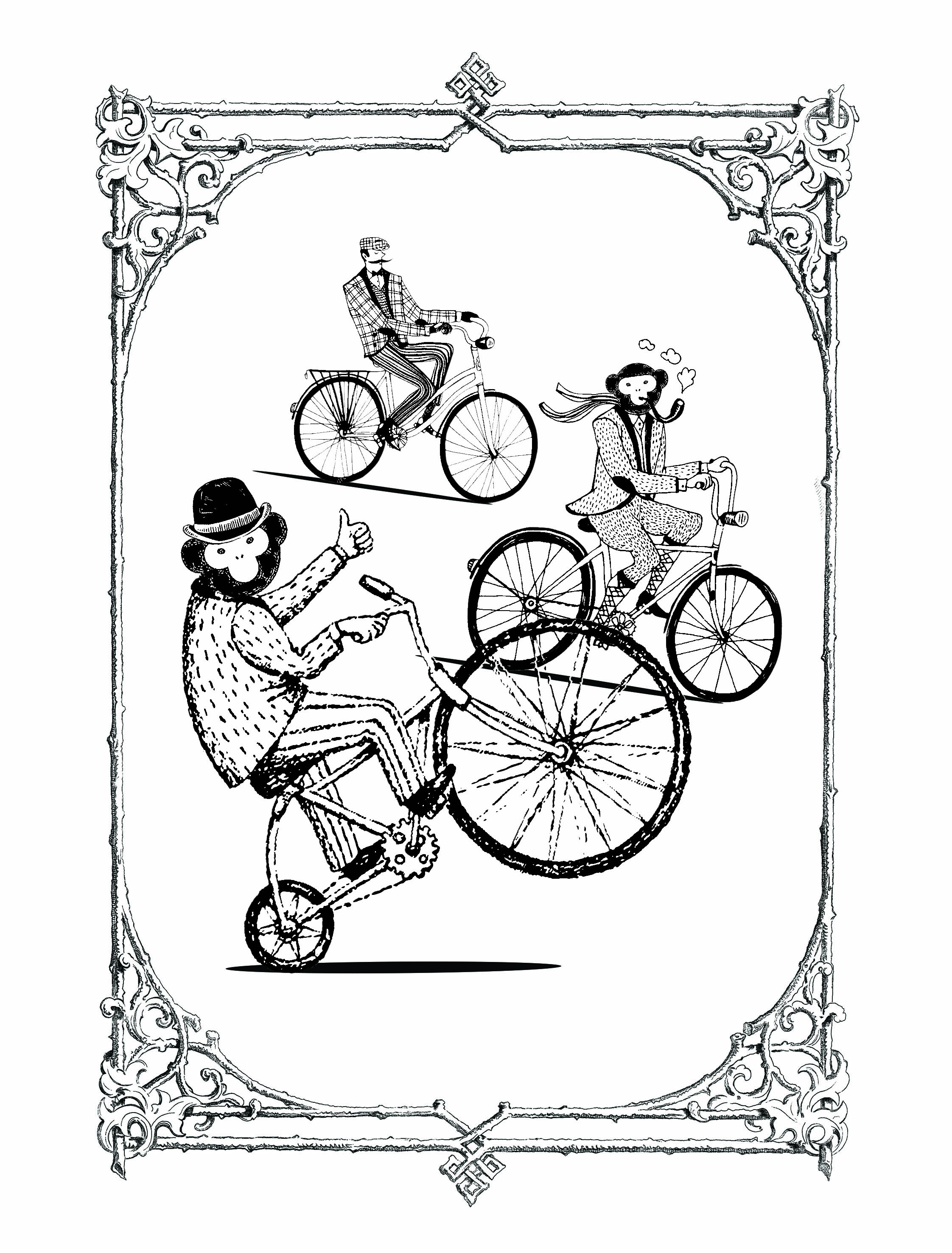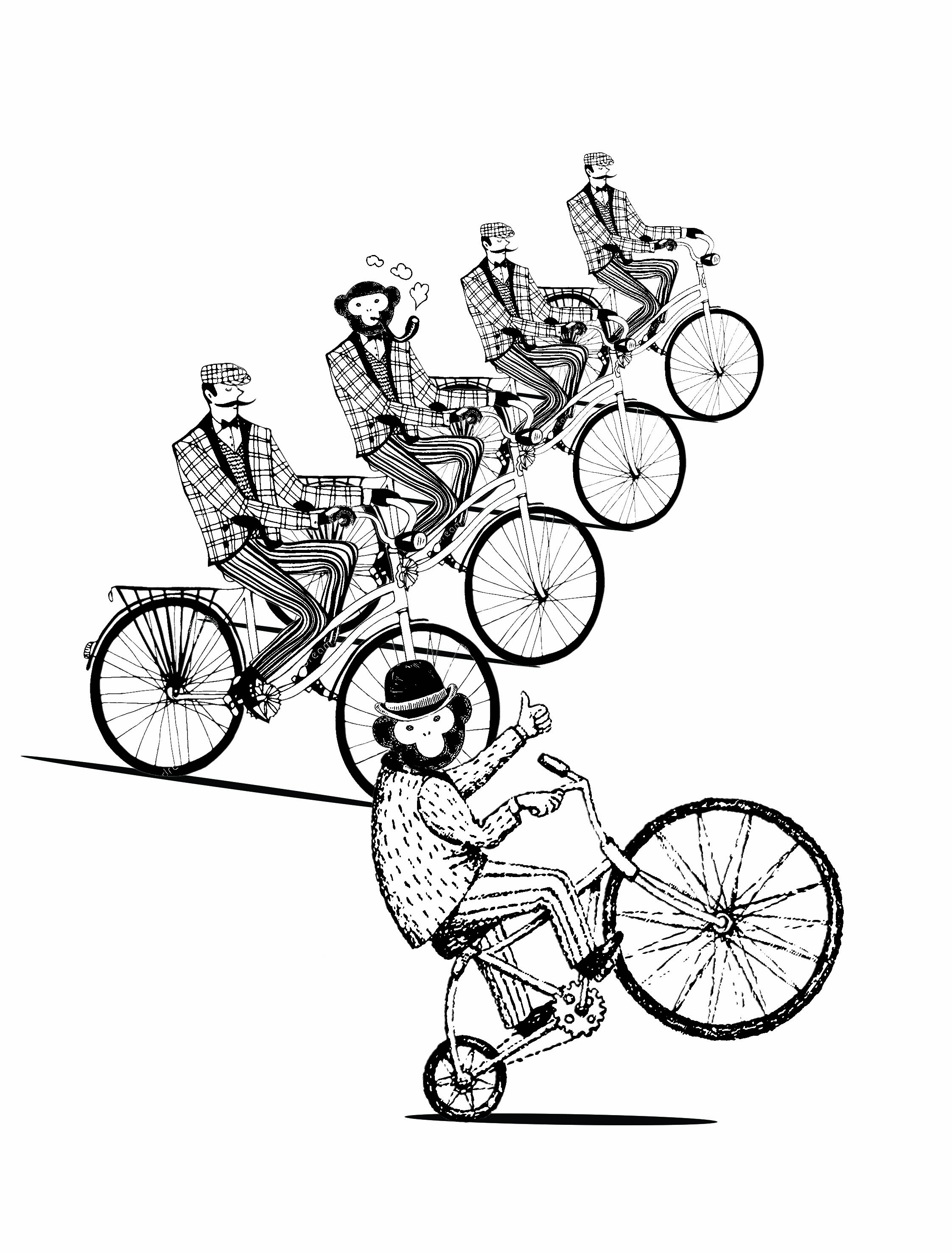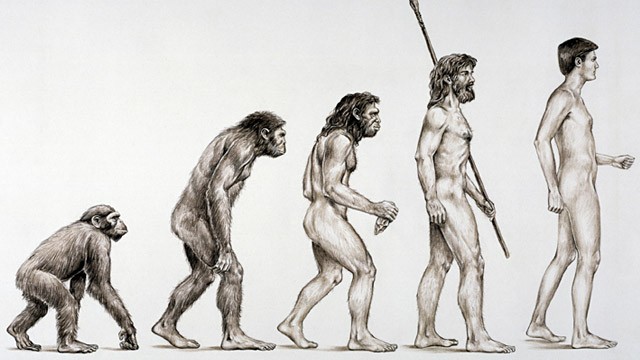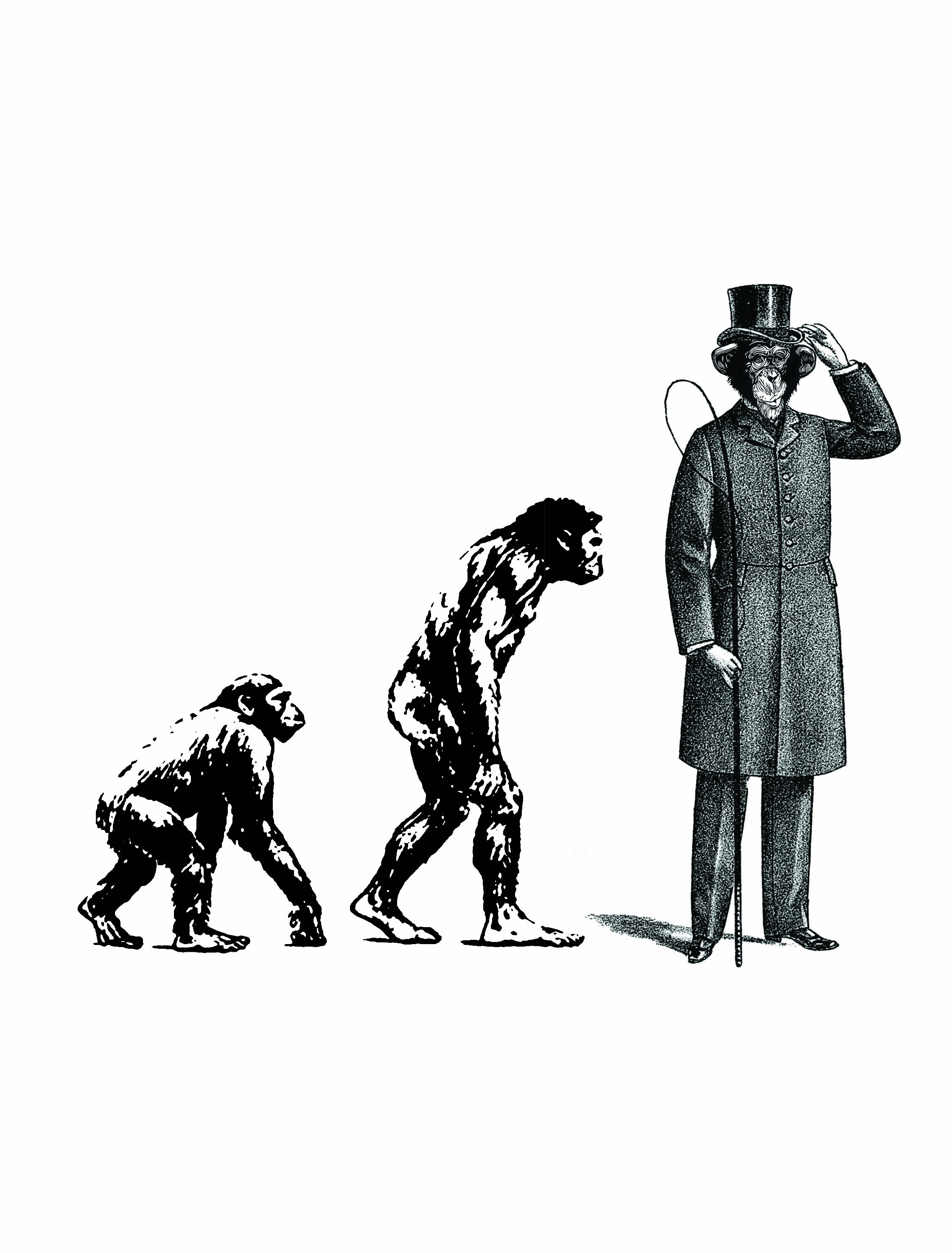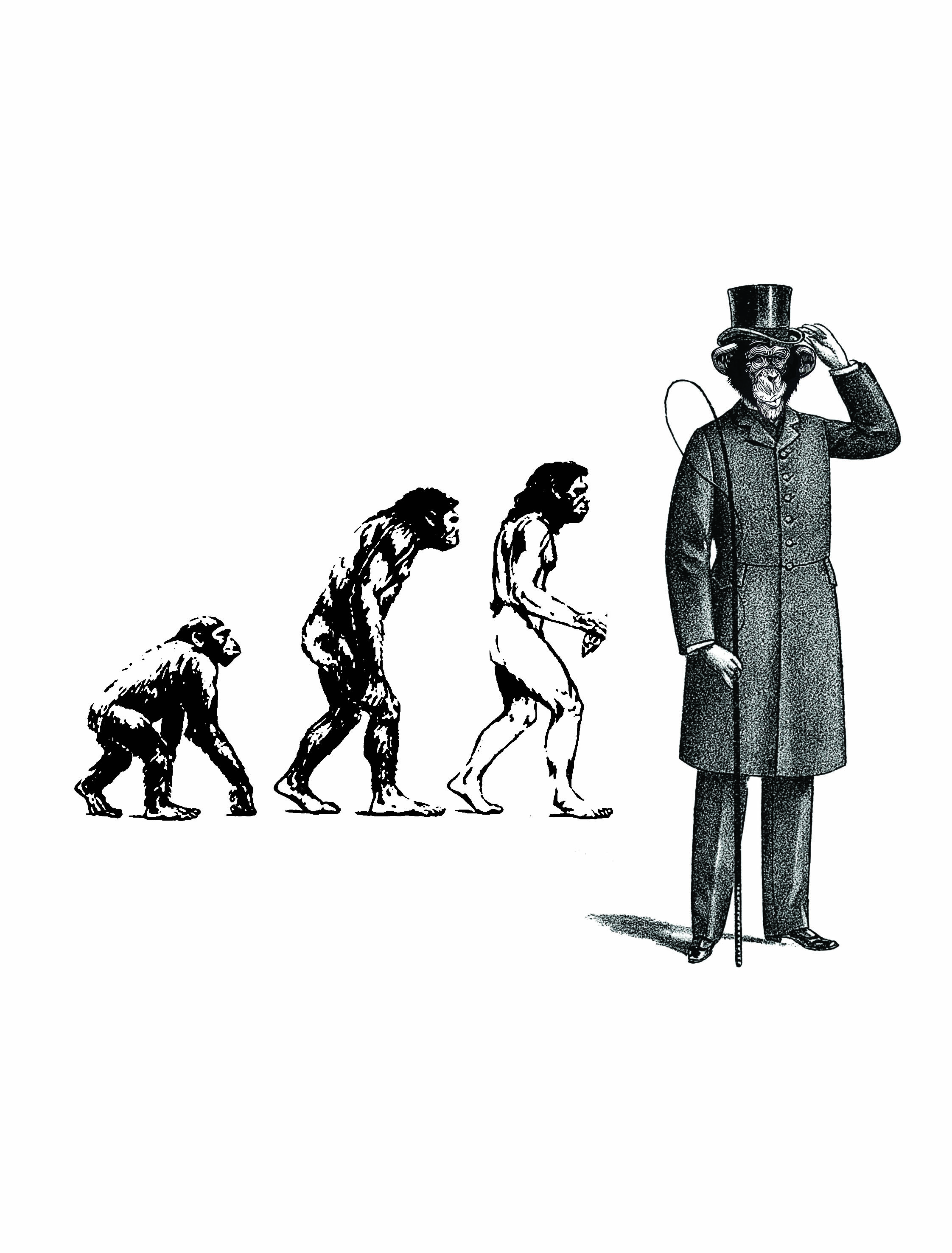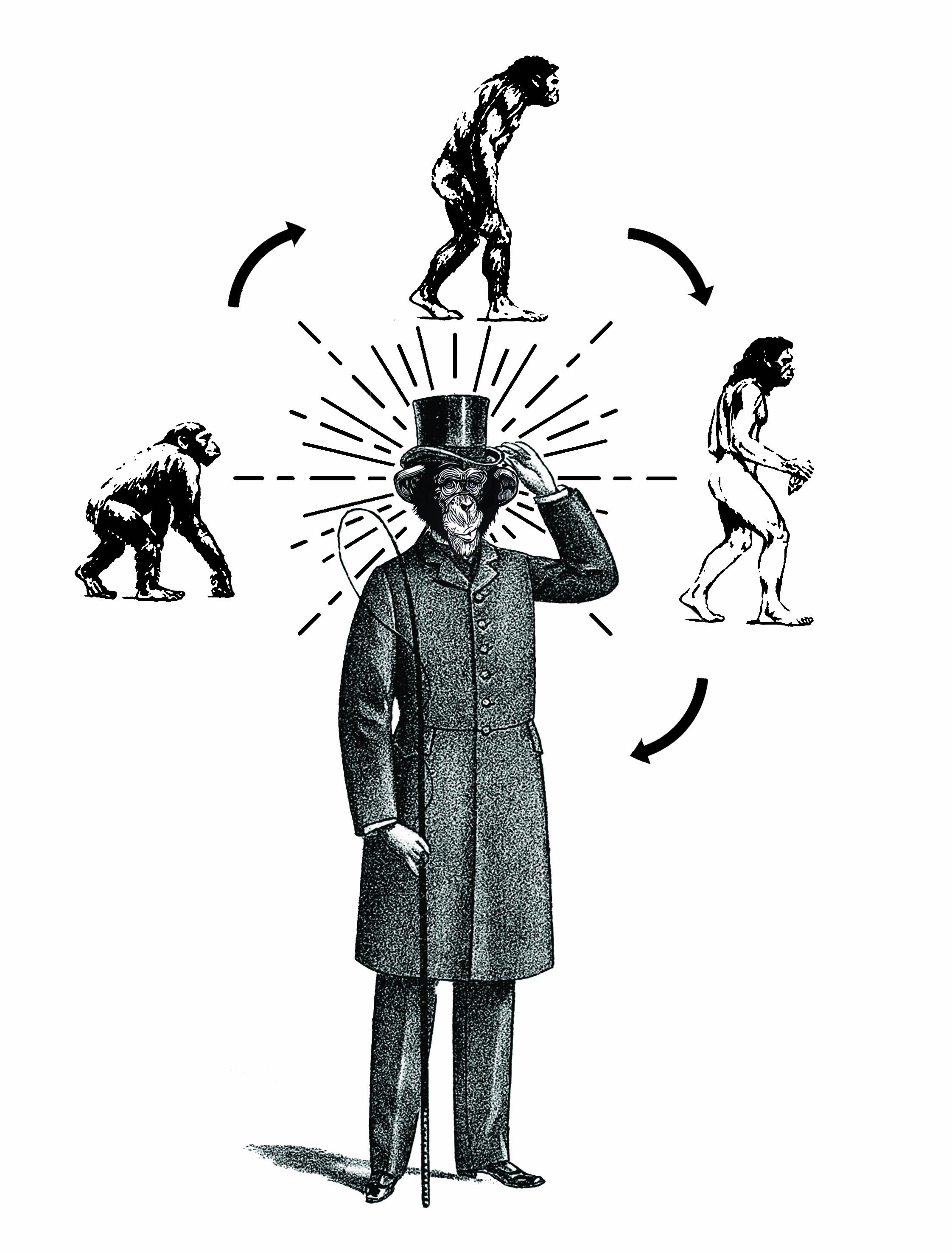Movie Background
Movie synopsis:
Will Rodman (James Franco), a scientist in San Francisco, is experimenting with a drug that he hopes will cure his father’s (John Lithgow) Alzheimer’s disease. After his work is deemed a failure, Will becomes the guardian of Caesar, an infant chimp who was exposed in-utero to Will’s drug. Caesar displays unusual intelligence, and Will decides to continue his experiments secretly. But as Caesar’s intellect and abilities grow, he comes to represent a threat to man’s dominion over Earth.
Why Rise of the Planet of the Apes?
This movie took me by surprise because it was so much better than I’ve expected. Judging from the movie title and posters alone, I honestly thought that it would be a stupid movie about talking primates. But this movie had tackled moral issues and presented thought-provoking viewpoints, such as how animals should be treated and viewed. The effort that the actors put in were amazing as well, as they had to learn the body languages and behaviour of primates so as to make the movie realistic. All in all, it’s an amazing movie!
Chosen Quote
“They’re not people you know.” – John Landon
Caesar is a genetically mutated chimp that possesses high intelligence and is raised by Will Rodman. Throughout Caesar’s life, he has been treated with love and respect, growing up like any other human child. To Will, Caesar is like his child and he will do anything to protect Caesar.
In this scene, Caesar the chimp has been captured and placed in a primate shelter, where conditions are bad and where other primates are being mistreated. Will tries to bail Caesar out but is unsuccessful. Seeing how Will treats Caesar like his own son and not like an animal, John Landon (guy sitting in the chair) got puzzled. He reminds Will that these primates, no matter how intelligent and human-like, are still nothing more than animals at the end of the day.
Breakdown of Quote
“They’re not people, you know.”
Primates and humans do share several similar characteristics, physically and behaviourally. Hence, they are seen as humans’ closest living relatives. In this context, ‘they’re not not people’ refers to primates being inferior to humans. No matter how intelligent they are, their level of intellect will never be on par or surpass that of human’s. It is as if Will is delusional and in a state of oblivion. He forgets that Caesar is actually a chimpanzee, and John Landon is trying to remind him of Caesar’s true identity.
Inspired by George Orwell’s ‘Animal Farm‘, I want to showcase chimpanzees doing what only humans would do, making the scenes look uncanny.
From here on, I researched the some human traits that set us apart from animals:
- Speech
- Upright posture
- Wearing clothes
- Etc…
Hence, I will be incorporating some of these traits into the chimpanzees’ behaviour in my designs.
Concept 1:
In Rise of the Planet of the Apes, Caesar is seen playing chess, solving the Lucas’ Tower puzzle, and riding bicycles. As I want the chimpanzee to be interacting with other humans as well, I will be featuring social activities such as playing chess and riding bicycles.
Rejected ideas:
These ideas are rejected because they aren’t featured in the movie.
- Ape doing human-like activities – drawing, reading
- Ape being treated like a child – eating lollipop, playing jump rope
Sketches:
Development 1:
Design breakdown:
- Usage of anthropomorphic technique to create humour.
- Features 3 characters – 2 humans and 1… human? I ensured that the design of the chimpanzee stands out from the rest – the graphic texture is grainier than the humans, the bicycle its riding is also of a more vintage model.
- Interpretation 1: Chimpanzee blends right into the crowd. The humans continue going about their day, oblivious to the fact that a chimpanzee is in their midst.
- Interpretation 2: Chimpanzee is so life-like that humans just accept this phenomenon. It doesn’t come as a surprise to the humans anymore.
- At the end of the day, the chimpanzee has succeeded in becoming almost human, hence the thumbs up. It has come to the point where the humans need to be reminded that the chimpanzee is indeed not human.
- The thumbs up also gives the design a comical element, it is as if the chimpanzee is proud that it has succeeded in becoming almost human.
Room for improvement:
- Design currently feels empty, more vintage elements can be used to spice up the design and make it more visually interesting.
- Chimpanzee currently feels too human. It needs to show more animalistic/unrealistic human behavioural traits so as to fit the chosen quote of it not being human.
- Characters need to be grounded since they feel like they’re currently floating in the air.
- More focus can be directed to the chimpanzee.
Development 2:

Design breakdown:
- Vintage framed border – designed to frame illustrations in books. I chose to frame this design up to showcase how unreal and uncanny this whole situation is. Seeing a chimpanzee act so human-like is almost unreal, it feels like something that is straight out of a story.
- Usage of implied lines: Tilted the characters such that they give the impression that they are converging in a distance.
- Chimpanzee is tilted on the bicycle back wheel. This gives a sense of playfulness that chimpanzees possess, makes the chimpanzee less human than the previous development.
Room for improvement:
- Positioning of the characters can be improved further, the balance of white space seems off.
- I realised that the quote said “They are not humans”, referring to more than 1 chimpanzee. However, in the previous developments, I featured only 1 chimpanzee and hence I will need to include more chimpanzees in this design.
Development 3:
Design breakdown:
- The quote is reflected more accurately now as there are two chimpanzees, hence reflecting the ‘they’ in ‘they’re not humans’.
- A human figure remains in the composition. I wanted to turn both the humans into chimpanzees at first, so that all the characters are anthropomorphic apes. However if I do that, it would give the impression that this is a world of anthropomorphic chimpanzees. Hence, the human figure’s role is to remind the audience that this is the human’s world, invaded by genetically mutated chimpanzees.
Development 4:
Design breakdown:
- Made use of anomaly (from Gestalt’s principle) to convey the sense of uncanniness.
- 2 instances of anomaly – More obvious one being the chimpanzee giving a thumbs up, it is away from the line of humans riding on bicycles, hence making it stand out immediately. The more subtle one being the chimpanzee blending right into the line of humans.
- I like this composition as compared to the previous ones. The removal of the vintage border frees up the entire composition, making it feel more free and not as constrained. Even though it features more characters, it is less cluttered as compared to the previous developments because the human figures are lined up neatly. Not only does it make it more aesthetically pleasing, it easier for audience to decipher the design too.
Concept 2:
For this concept, I decided to make use of the evolution chart to show how the chimpanzees have involved. In a typical evolution chart, a chimpanzee is shown to eventually evolve into a human. However, in my design, the evolving stage will cease at the at ape, and an anthropomorphic chimpanzee will be the last stage of the evolution. This is to show that the chimpanzees have never evolved to the stage of humans, hence no matter how human-like they are, they will still remain as chimpanzees.
Sketches:
Development 1:
Design breakdown:
- Unlike a typical evolution chart where the chimpanzee evolves to a full human, this evolution chart depicts a animalistic chimpanzee evolving into one with human characteristics.
- However, no matter how the chimpanzee dresses or act, its true identity is still that of a chimpanzee. Hence this design fits the quote ‘They are not humans, you know.’.
Room for improvement:
- The evolution chart is landscape-orientated, which doesn’t look appealing when applied to a portrait orientation like this. Hence, there’s a lot of white space at the top and bottom. Because of the space constrain, I am also unable to include more stages of the evolution stage and have to stop at the third stage to ensure that all the graphics fit into the space. I will have to look to other ways of reformatting the chart so that it can be viewed in an effective way.
Development 2:
Design breakdown:
- More stages of the evolution chart is added so as to make the evolution feel more complete – 3 stages (from the previous development) is not enough to depict evolution in my opinion.
- The anthropomorphic chimpanzee is made bigger than the rest to bring emphasis on it. It also helps to fill up some of the empty space on the top and bottom.
Room for improvement:
- Still a lot of empty spaces that are not utilised on the top and bottom of the composition.
Development 3:
Design breakdown:
- Like the previous development, this evolution chart depicts the evolution of an animalistic chimpanzee to one with human characteristics. This chart depicts the final stage of the evolution as an anthropomorphic chimpanzee, not a full human. This step-by-step stages make the evolution feel more complete and realistic.
- A different take on the typical evolution chart – This cycle-style of depicting evolution is much more effective than the one in the previous development as it makes use of the vertical space. It also instantly draws the attention to the anthropomorphic chimpanzee, which is made much bigger as compared to the other stages since supposed to be the focal point of the design.
- The starburst at the back of the anthropomorphic chimpanzee further emphasises its importance by signifying revelation. Revelation in the sense that the chimpanzee is now almost on par as human, being able to dress and act like a refined gentleman. However, the reality is that it is still not truly human.
- Arrows are used to direct eye movement through the different stages of evolution.
Room for improvement:
- Arrows feels out of place because they’re too bold, drawing much attention to themselves.
Development 4:
Design breakdown:
- Used implied lines instead of arrows to draw eye movement. Implied line is one of the design principles we’ve learned in class so I’m applying it here. The implied lines are much more suitable than the bold arrows since integrate into the vintage design well, unlike the bold arrows that stood out like a sore thumb.
Sources
Research:
- Top 10 Things That Make Humans Special. (2017). Live Science. Retrieved 15 October 2017, from https://www.livescience.com/15689-evolution-human-special-species.html
Image sources:
- Rise Of The Planet Of The Apes. (2017). Hotstar. Retrieved 13 October 2017, from http://www.hotstar.com/movies/rise-of-the-planet-of-the-apes/1770000674
- They’re not people you know. Rise of the Planet of the Apes on Cultjer. (2017). Cultjer. Retrieved 15 October 2017, from http://www.cultjer.com/video/theyre-not-people-you-know-rise-of-the-planet-of-the-apes
- 10 Wrong Facts You Were Taught In School by alltime10s – Dailymotion. (2017). Dailymotion. Retrieved 16 October 2017, from http://www.dailymotion.com/video/x29mk5p
- Kashtan, M. (2017). The Powerless Are Not Necessarily Pure. Tikkun Daily Blog. Retrieved 19 October 2017, from http://www.tikkun.org/tikkundaily/2013/09/25/the-powerless-are-not-necessarily-pure/

